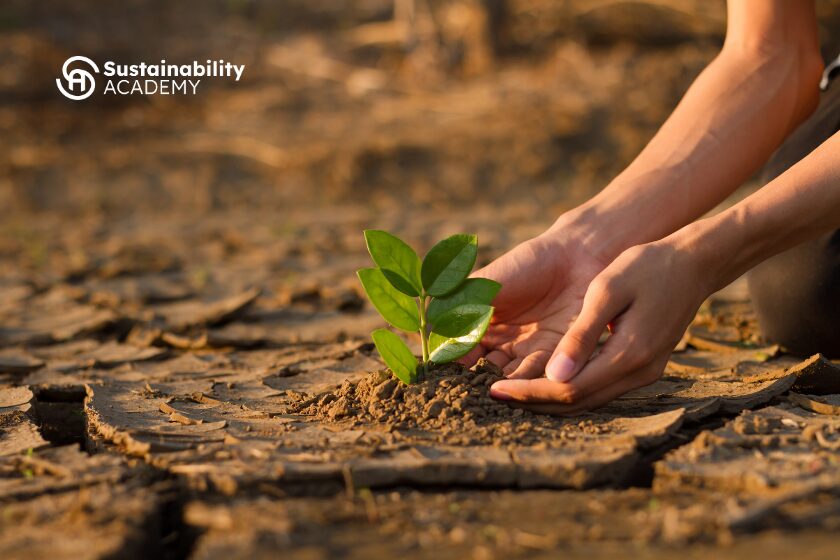As Kyrgyzstan, Tajikistan, and Uzbekistan move forward on their journey to net-zero energy, they face growing climate challenges that could disrupt progress. Melting glaciers, shifting rainfall patterns, and more frequent natural disasters are already impacting renewable energy infrastructure, especially hydropower. These risks underscore the urgent need for climate risk management in Central Asia’s energy transition.
This blog outlines actionable strategies to protect net-zero energy goals through updated policies, comprehensive hazard assessments, regional cooperation, and climate-resilient infrastructure.
Why Central Asia Must Act Now
Climate change is intensifying in Central Asia. According to GIZ, the region is warming faster than the global average. As glaciers shrink, river flows decrease, threatening hydropower, which accounts for over 90% of electricity production in Kyrgyzstan and Tajikistan. Uzbekistan is also scaling up renewables but remains vulnerable to droughts and heatwaves.
If these risks are not managed proactively, the region could fall short of its net-zero energy targets and jeopardize energy security.
Assessing Climate Hazards in the Energy Sector
Effective climate adaptation begins with a clear understanding of existing and future hazards. The UNDP conducted a preliminary climate risk screening across the three countries, identifying vulnerabilities in electricity generation, transmission, and distribution infrastructure (UNDP Report).
Recommendations include:
Climate risk mapping for energy assets
Integrating hazard data into investment decisions
Prioritizing critical infrastructure upgrades in high-risk areas
These assessments should be routinely updated and integrated into national energy strategies.
Modernizing Disaster Risk Policies
Many existing policies are outdated and do not reflect the realities of a warming world. The UN Office for Disaster Risk Reduction (UNDRR) calls for more forward-looking policies that incorporate long-term climate projections (UNDRR report).
Steps to take:
Align national energy plans with climate adaptation frameworks
Develop legal mandates for climate resilience in infrastructure
Create funding mechanisms for disaster risk mitigation in the energy sector
Investing in Climate-Resilient Infrastructure
To sustain progress toward clean energy, countries must design resilient infrastructure that can withstand climate extremes. This includes wind farms built for high temperatures, solar panels resistant to dust storms, and hydropower systems designed with glacier retreat in mind.
The Asian Infrastructure Investment Bank (AIIB) has supported solar and gas infrastructure in Uzbekistan, emphasizing resilience from project design to implementation (FT article).
Strengthening Regional Cooperation
Climate risks transcend borders. Collaborative efforts are vital for regional energy stability. The Central Asia Disaster Risk Reduction (DRR) initiative encourages knowledge sharing, joint investments, and aligned policies across the region (UNDRR regional initiative).
Opportunities for cooperation:
Shared early warning systems
Cross-border renewable energy trade
Joint climate finance initiatives
Enhancing Early Warning and Preparedness
Early warning systems are key to managing sudden disruptions. The World Meteorological Organization (WMO) and UNDP have been mapping existing systems to close data and communication gaps in Central Asia (WMO update).
Recommendations include:
Upgrading meteorological infrastructure
Training local authorities in response coordination
Linking warning systems to energy grid management
Kyrgyzstan, Tajikistan, and Uzbekistan are making commendable progress in renewable energy. But without strong climate risk management, these efforts remain vulnerable. By combining updated policies, comprehensive assessments, and regional collaboration, Central Asia can build a resilient, net-zero future.
🎓 Become a Certified Climate Resilient Officer
Want to lead the charge in climate adaptation and energy strategy?
The Certified Climate Resilient Officer (CRO) course by Sustainability Academy equips you with the tools to integrate climate risk into planning and investment.
🌱 Special March Discount: Use code sustainmarch20 to get 20% OFF
📅 Valid all March during Sustainable Month

